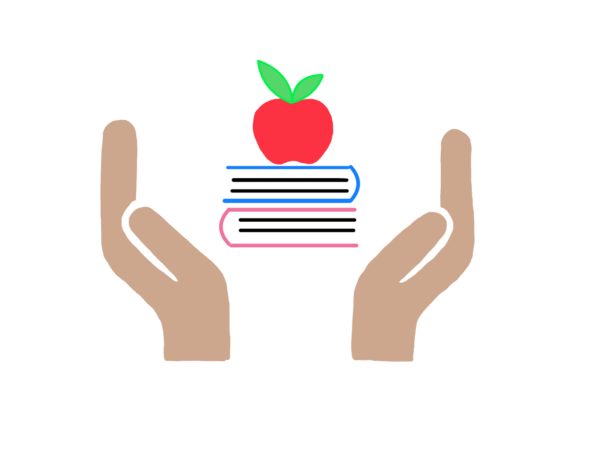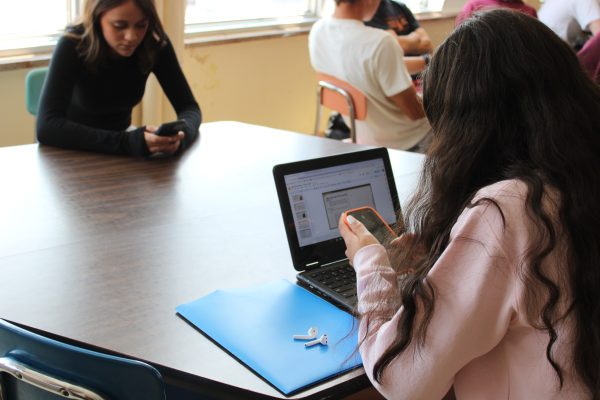Texting is effective, convenient
January 25, 2023
As technology and the world in general advances, there’s always controversy about “the way things should be.” Ever since cell phones and texting have become more accessible, people have questioned whether or not they’re used too much. Teens are some of the biggest users of cell phones and messaging, and while there are valid reasons to be concerned, it can still be very helpful for that age group.
A lot of communication that happens through teens’ phones is small — making plans with friends, letting someone know that they arrived safely and asking parents what’s for dinner are just some examples. These messages don’t need a full phone call and most of the time can’t wait until they see that person face-to-face. Even for things that could be discussed over the phone, texting allows teens to tell that person whenever they need, instead of having to wait for a moment when both people are available to talk. Using texting as a main form of communication is not only convenient, it’s timely.
For longer conversations, many teens still prefer texting because it allows them to think about what they send before they send it. Especially for more introverted teens, this can take a lot of stress away from longer discussions with friends or family. When in-person or on a phone call, people are forced to come up with responses in seconds, and it’s very easy to make mistakes or say things before thinking about them. While it doesn’t seem like a big deal to many people, this can be alarming for introverted or socially-anxious teens.
While texting can raise concerns, such as having less experience with face-to-face conversations, it does more good than bad. It’s not extremely harmful to teens and it makes sense for it to be their main way of communication in the world we live in. From sending quick messages to being more comfortable having long conversations, texting is one of the most effective ways to communicate.










Bryan Rossi • Jan 29, 2023 at 1:25 pm
Well said and the fact that people are writing their messages is a bonus IMHO.